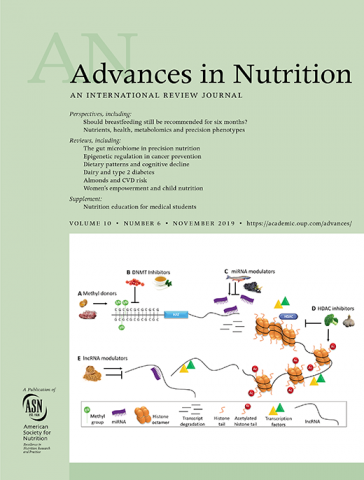Role of Women's Empowerment in Child Nutrition Outcomes: A Systematic Review
Abstract
Women's empowerment has gained attention as critical for child nutrition during the first 1000 days of life. However, the ways in which various women's empowerment measures are applied and the evidence for how they are differentially related to child nutrition is unclear. In this systematic review, therefore, we 1) systematically parse the many ways in which women's empowerment has been quantitatively measured in the context of child nutrition through the use of a theoretically driven application of dimensions and domains of empowerment; 2) summarize evidence for each of the various pathways between women's empowerment and child nutrition, based on dimensions and domains of empowerment; and 3) offer suggestions for future research to better articulate the relationship between women's empowerment and child nutrition. A search of evidence yielded 62 quantitative studies that used 200 unique indicators of women's empowerment, tested in 1316 associations with various child nutrition outcomes. Despite the large number of unique indicators, indicators for time resource allocation and reproductive decisions and indicators for men's engagement in child care and nutrition, all pertinent to child nutrition, were missing. Overall, the findings indicated an inconclusive relationship between women's empowerment and child nutrition: 379 out of 461 (82% weighted) and 217 out of 258 (84% weighted) associations found with stunting and wasting outcomes, respectively, were not significant. The current lack of evidence is likely not due to the absence of an underlying relationship between women's empowerment and child nutrition, but rather limitations in study design. Future research should carefully select women's empowerment indicators in context-specific ways, aggregate them meaningfully, and use a longitudinal study design to conduct pathway and lifecycle analysis in appropriate populations to clarify the relationship between women's empowerment and child nutrition.

